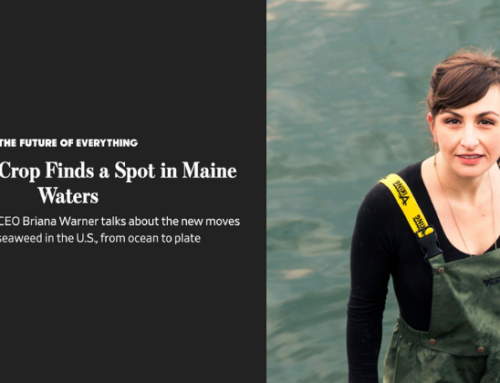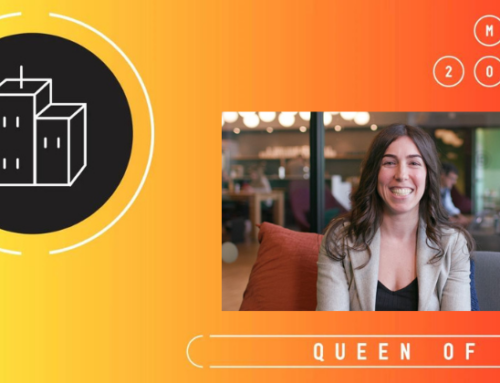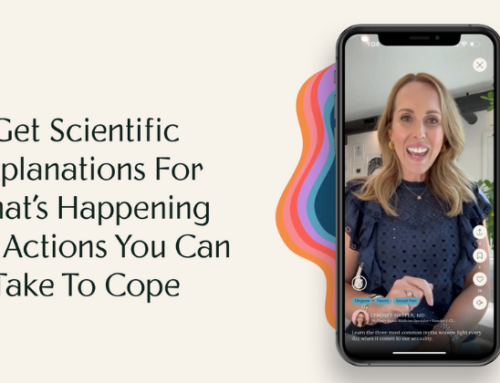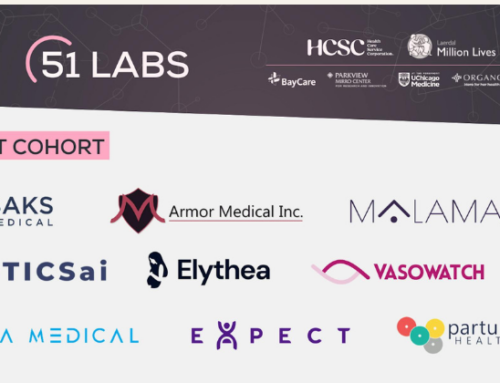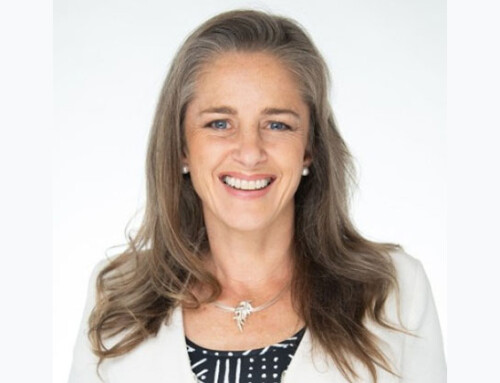Startup spotlight: Queen of Raw applies new technology to old fabrics
The three-year-old marketplace is working to create a vast, automated global network of both buyers and sellers of unused fabric.
By Maghan McDowell
April 13, 2021
Resale companies that enable consumers to offload unwanted clothing are booming, thanks to technology that makes it easy for consumers to buy and sell items. Now, entrepreneurs are hoping to do the same thing for materials that didn’t get made into clothes at all.
Startups have sprung up to make it easier for retailers to buy and sell deadstock fabric or materials that brands own but never used and don’t want. Queen of Raw, a three-year-old marketplace with 325,000 buyers and sellers globally, enables users to list, sell and buy deadstock materials. To date, it’s worked with companies, including LVMH, Cartier and H&M. It doesn’t hold inventory, but rather is a tech marketplace in the vein of Poshmark or Ebay, and takes an undisclosed portion of sales made through its marketplace (in addition to subscription fees for its proprietary software). Since the pandemic, interest has intensified as brands became aware that inventory might not match demand, according to the company.
Competitors include AmoThreads, a deadstock material platform based in the UK, and Fabscrap, a New York non-profit, which uses fashion studios’ unwanted materials. Others have applied tech to re-using old materials in other ways: Designer Emily Bode, in working with Microsoft, developed a way to catalogue and identify old quilt patterns using computer vision. Queen of Raw’s goal is to achieve enough scale to build a network effect and automate as much as possible, says Queen of Raw co-founder and CEO Stephanie Benedetto.
It’s received industry support to do so. In 2020, it was a recipient of the Cartier Women’s Initiative and a finalist for the LVMH Innovation Award. It has also raised $1.5 million from True Wealth Ventures and MIT Solve. In 2019, it was the first recipient of Thredup’s Circular Fashion Fund, a non-profit focused on supporting sustainable fashion efforts, because both Thredup and Queen of Raw share a mission that centres around keeping products out of landfill and encouraging circularity, says Erin Wallace, Thredup’s VP of integrated marketing.
“We have all fundamentally changed the way in which we buy and produce. Fashion has the power to transport and inspire, but sometimes that is not enough.”
Brands historically have stored or destroyed unused fabrics, but the concept of using deadstock materials has gotten increased attention as fashion works toward creating less waste. Less than 1 per cent of material used to make clothing is recycled, according to the Ellen MacArthur Foundation. But connecting the dots between what a buyer will find valuable and what a seller would otherwise consider a business loss can be challenging, says Benedetto. Many brands who have created items out of deadstock do so from their own coffers.
“We don’t tend to use a lot of deadstock because of the challenges of sourcing, and the commitments with lead times can be challenging,” says Dana Davis, VP of sustainability, product and business strategy at Mara Hoffman. Since the brand has begun transitioning to a direct-to-consumer model, there are more opportunities to use deadstock, she says. Already, Mara Hoffman has worked with Queen of Raw to list its deadstock for sale. As clothing resale platforms have found, sellers often become buyers: Mara Hoffman is now considering the technology for sourcing materials as well.
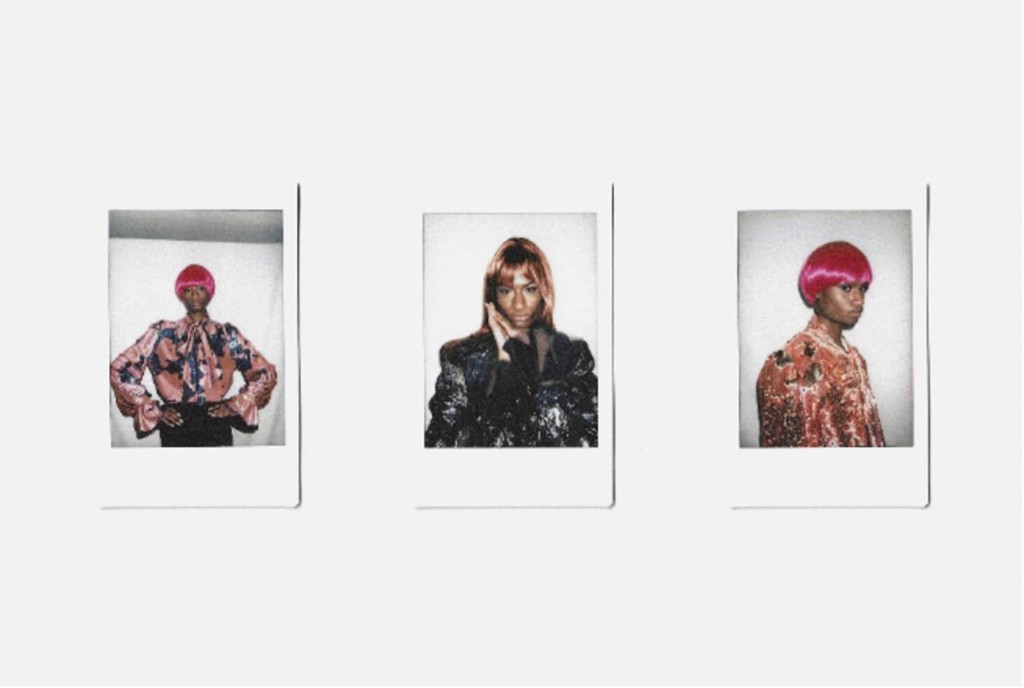
Image may contain Clothing Apparel Human Person Face and Leisure Activities
Designer Harris Reed’s “Deadstock Blouse Collection” was creating entirely from leftover fabrics and finishings. It’s designed as “one size fits many” and allows customers to have one-off pieces, Reed says. HARRIS REED
For brands, it helps to decrease waste while generating extra revenue. “When you think about it, when you are sitting on excess of anything — even the clothes in your closet — the ease of giving it its next life is key to the user taking advantage of that,” Davis says. Queen of Raw facilitates connections to buyers brands might not otherwise have.
As deadstock usage becomes more popular and applauded, there is concern that brands will intentionally order and then sell extra materials, in part for good PR. To ward against this, Benedetto says Queen of Raw can measure how much deadstock a brand is providing, and if that amount is increasing or decreasing.
To reach scale, Queen of Raw has developed numerous algorithms that can recommend the right price to sellers and make product recommendations to buyers, says Phil Derasmo, CTO and co-founder. Queen of Raw also prioritises buyers based on where they are located. To upload products, it can automatically ingest files from multiple inventory management systems, he says.
Queen of Raw also provides a data dashboard to its users, such as how their involvement is reducing carbon emissions, water consumption and landfill dumping, and verifies supply chain data, which it attaches to a blockchain to ensure integrity, Derasmo says. This transparency factor is another unique element, Davia says. For example, if a brand only wants to purchase materials with certain certifications, that detail can be verified on Queen of Raw — something that wouldn’t necessarily be possible for a smaller company putting something up for sale, she says.
Brands can also control who their users are and who can see their information and can elect to have the brand name hidden, which many brands find attractive, Davis says. She says that mills also have access, which would come into play if a design house closes or designers don’t want to deal with excess fabric. Some brands, like Mara Hoffman, are more transparent in their adoption of deadstock, and this trend is likely to only build with time, as more designers publicise not only their usage of deadstock but their sources.
“We have all fundamentally changed the way in which we buy and produce. Fashion has the power to transport and inspire, but sometimes that is not enough. It is very important to also find a sustainable angle of working,” says emerging designer Harris Reed, who recently released a limited-edition capsule called the “Deadstock Blouse Collection”, using leftovers from previous collaborations. While the brand has until now only worked with its own deadstock, it’s now looking to expand this by working with other brands and collaborators.
Benedetto hopes that as inventory and demand are more automated, there is less deadstock altogether. “We want to see the overall rate decrease. I hope we write ourselves out of the market.”
Link to Read More: https://www.voguebusiness.com/technology/startup-spotlight-queen-of-raw-applies-new-technology-to-old-fabrics



